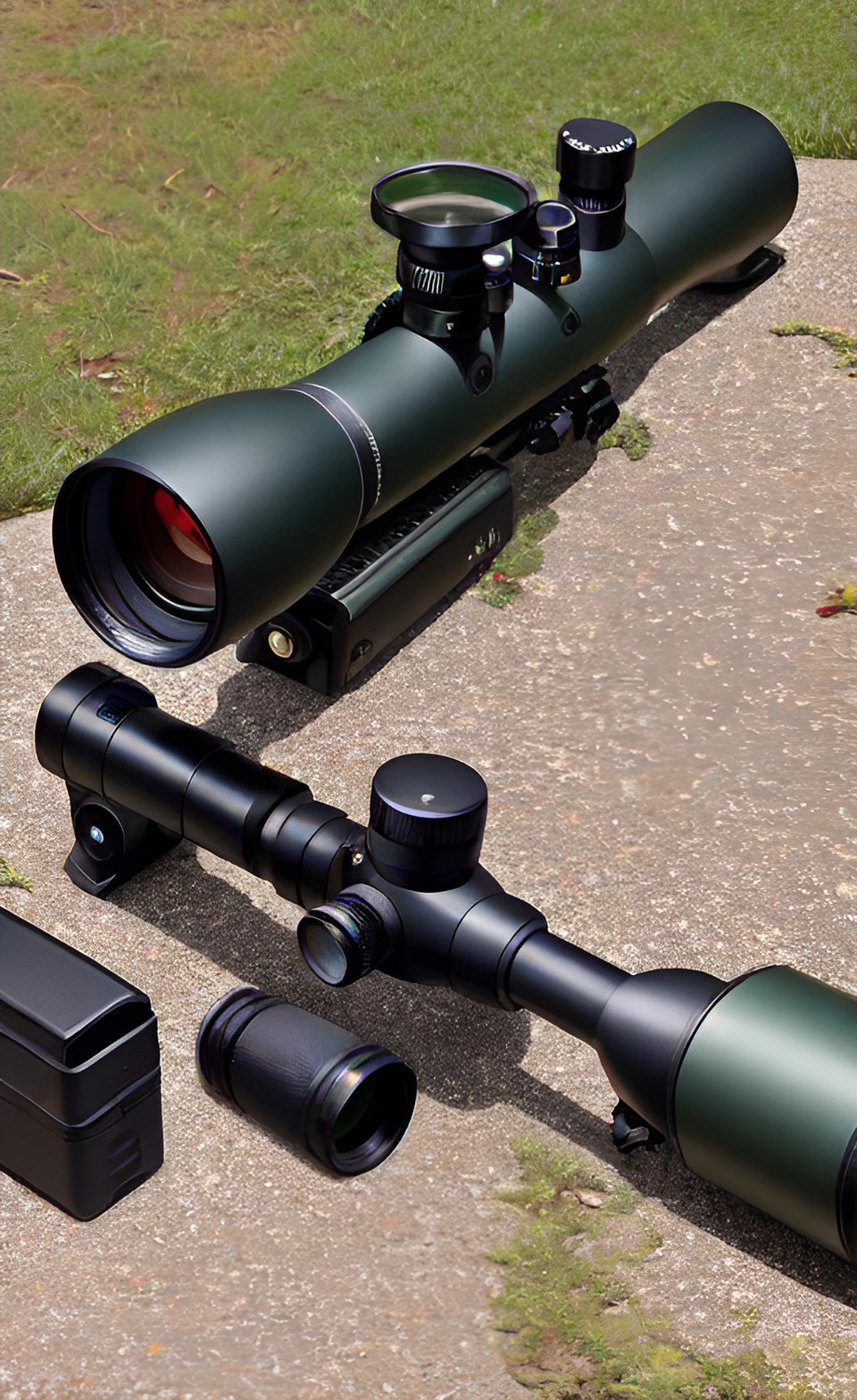Scope development is an essential component in the successful management and execution of any project. It forms the foundation upon which all other project activities are built and sets the stage for project excellence. By clearly defining the project’s objectives, deliverables, and boundaries, scope development ensures that everyone involved in the project has a complete understanding of what needs to be accomplished. It also helps in avoiding scope creep, a common pitfall that can lead to project delays, cost overruns, and a final product that doesn’t meet the stakeholders’ expectations.
The process of scope development involves a systematic approach to identify, document, and manage all aspects of the project’s scope. It starts with gathering requirements from stakeholders and establishing a clear understanding of their needs and expectations. This requires effective communication and active listening to ensure that all stakeholders are involved and their perspectives are considered.
Once the requirements are collected, the project team needs to analyze them and determine the project’s boundaries. This involves defining what is included in the project and, equally important, what is not. By setting these boundaries early on, the project team can avoid ambiguity and ensure that the project stays focused on the intended deliverables.
Once the project’s boundaries are defined, the next step is to break down the project into smaller, manageable components. This is known as work breakdown structure (WBS) development. The WBS breaks the project into smaller tasks, allowing for better planning, estimation, and resource allocation. It also helps in tracking progress and identifying dependencies between tasks.
During this process, it is crucial to involve key stakeholders and subject matter experts to ensure that all aspects of the project are considered. Their expertise can help in identifying potential risks, constraints, or opportunities that might impact the project’s scope.
With a clearly defined scope and a breakdown of tasks, the project team can now develop a detailed project plan. The plan should outline the project’s activities, sequencing, resource allocation, timelines, and deliverables. It should also identify any risks or constraints that need to be managed and include contingency plans if needed.
Throughout the project’s life cycle, scope development should be continuously managed and monitored. Changes to the scope should be carefully evaluated and controlled to avoid scope creep. Any changes should be documented, reviewed, and approved by the appropriate stakeholders to maintain alignment with the project’s objectives.
Effective scope development requires a disciplined and collaborative approach. It involves engaging all stakeholders, breaking down the project into manageable components, and continuously monitoring and managing changes. By investing time and effort into scope development, organizations can build a strong foundation for project excellence.
Ultimately, scope development is not a one-time activity but an ongoing process that must be revisited and refined as the project progresses. It requires continuous communication, coordination, and collaboration among all project stakeholders. By doing so, organizations can ensure that they are delivering the right product, at the right time, and within the defined budget, ultimately leading to project excellence.






